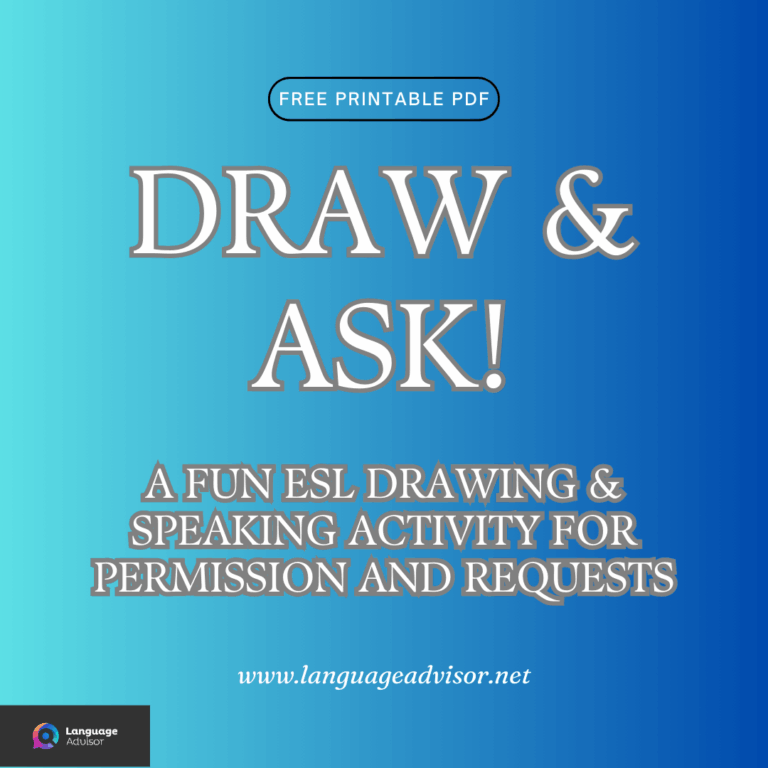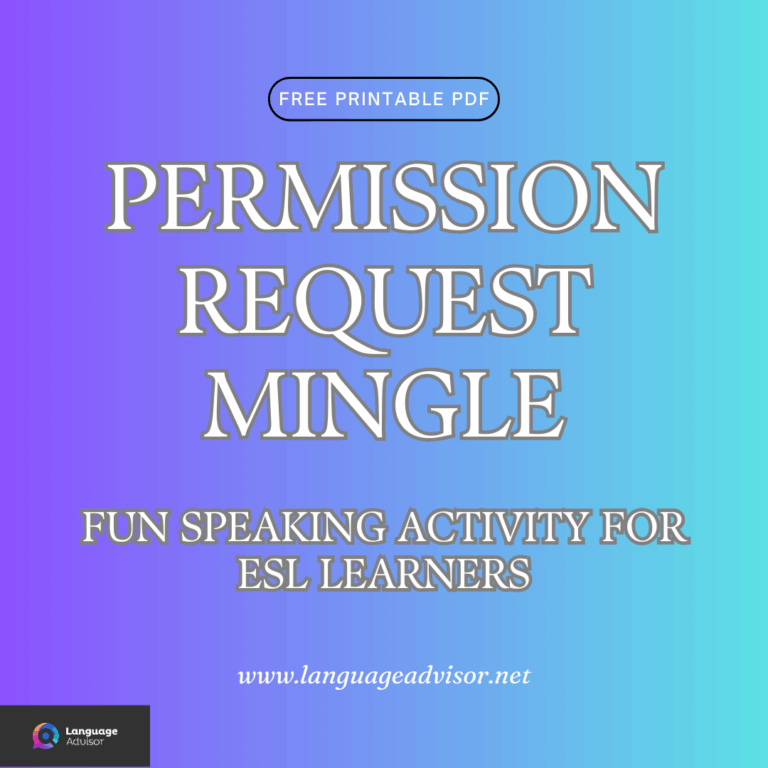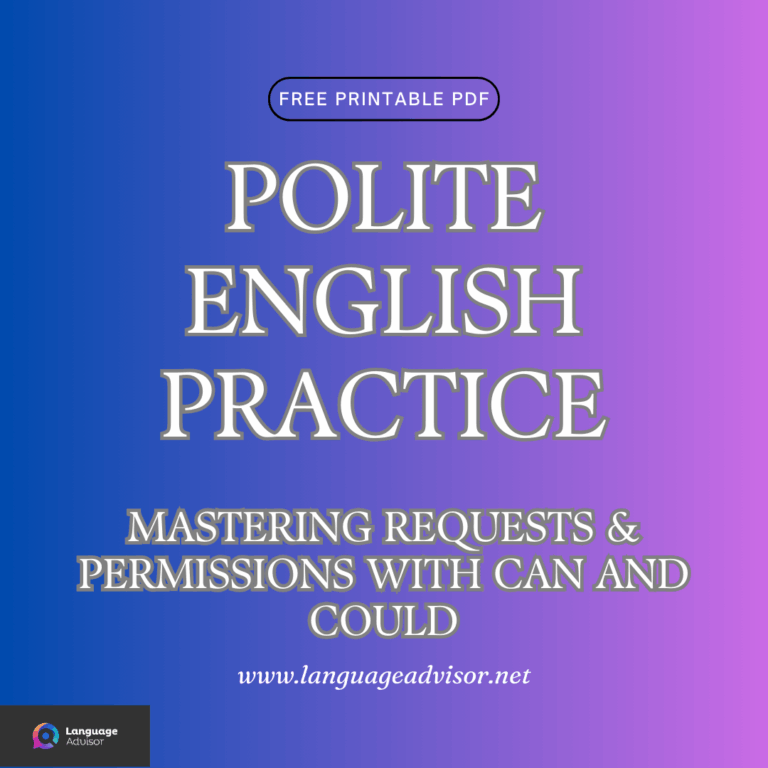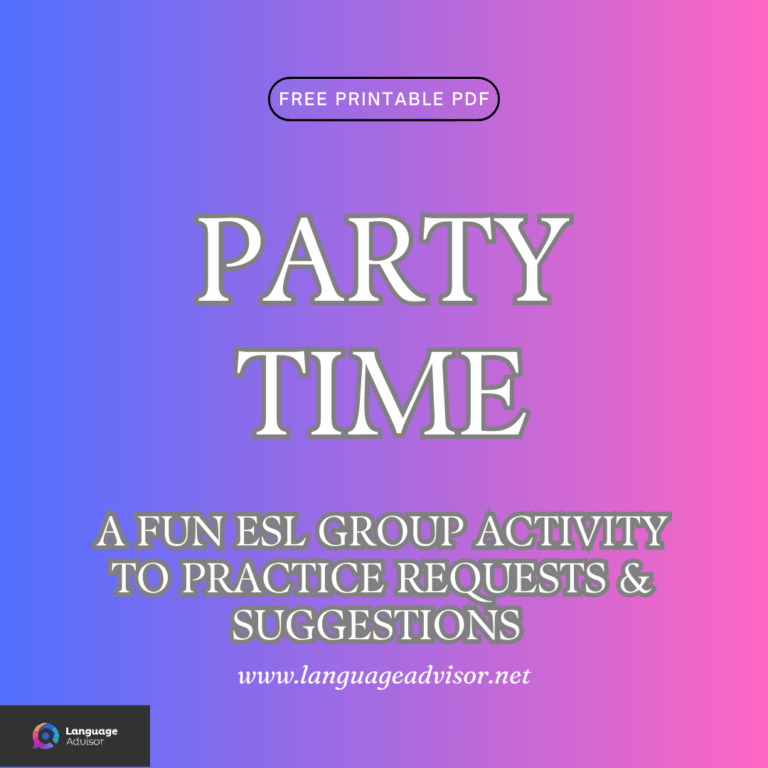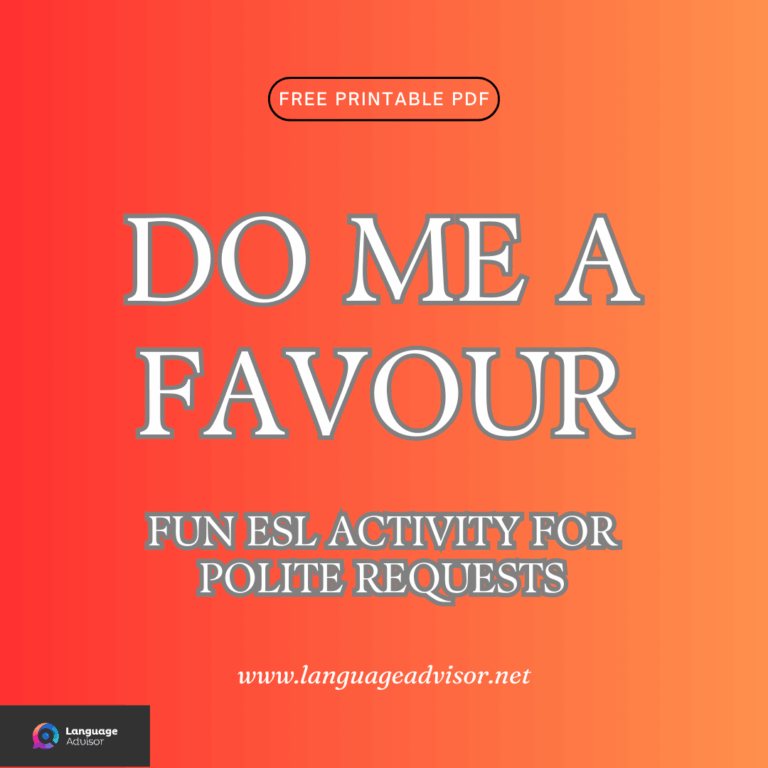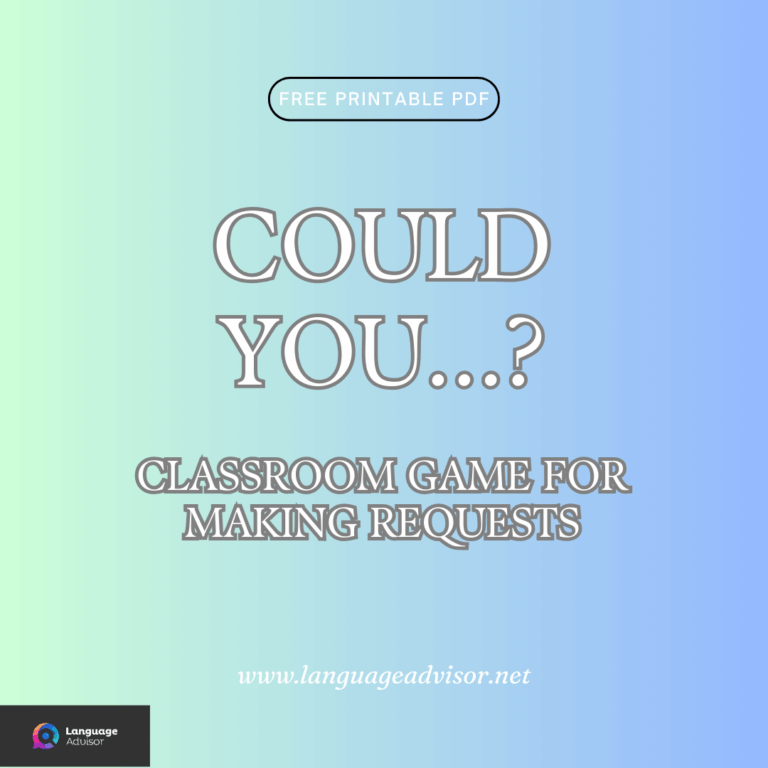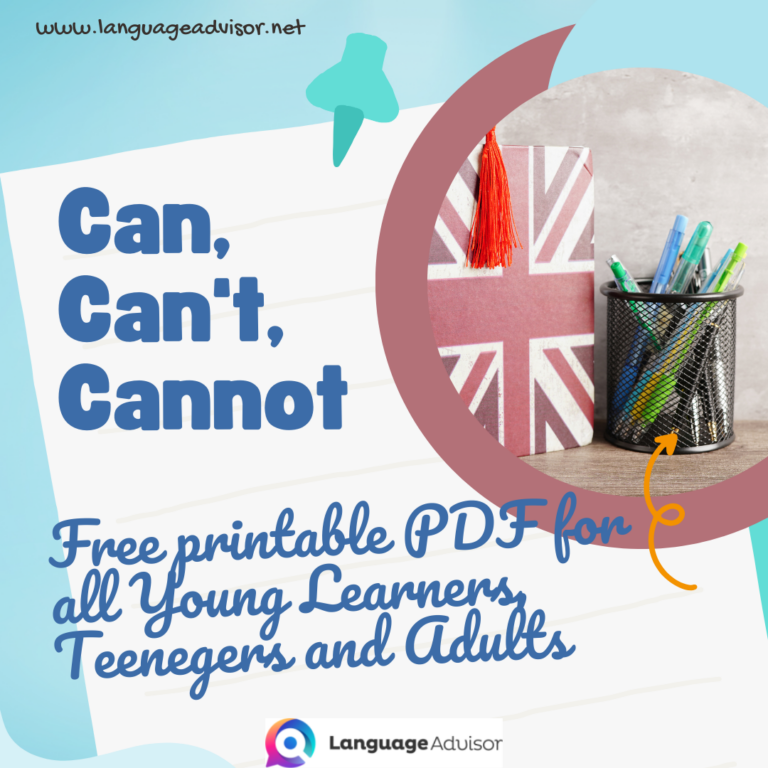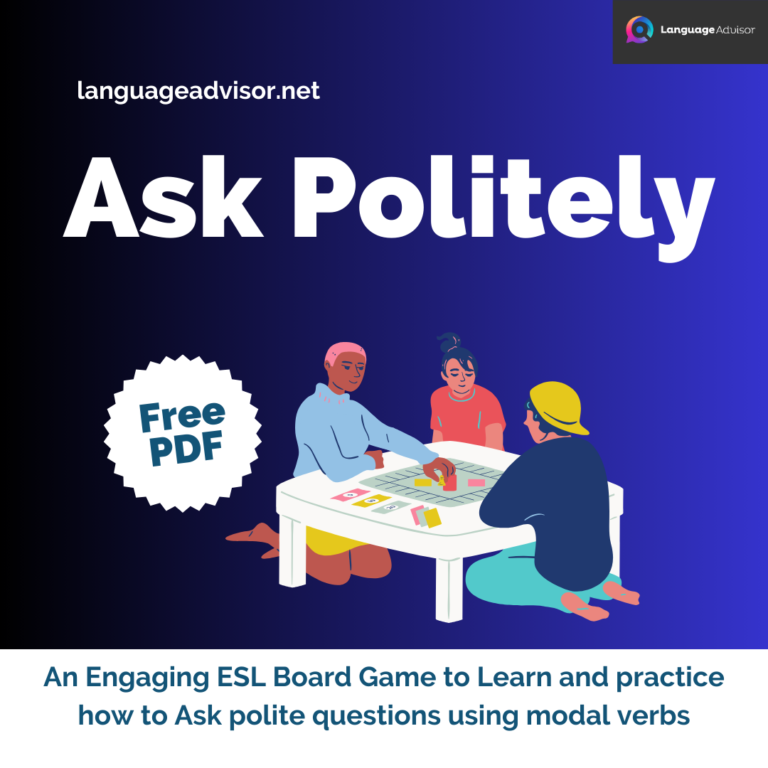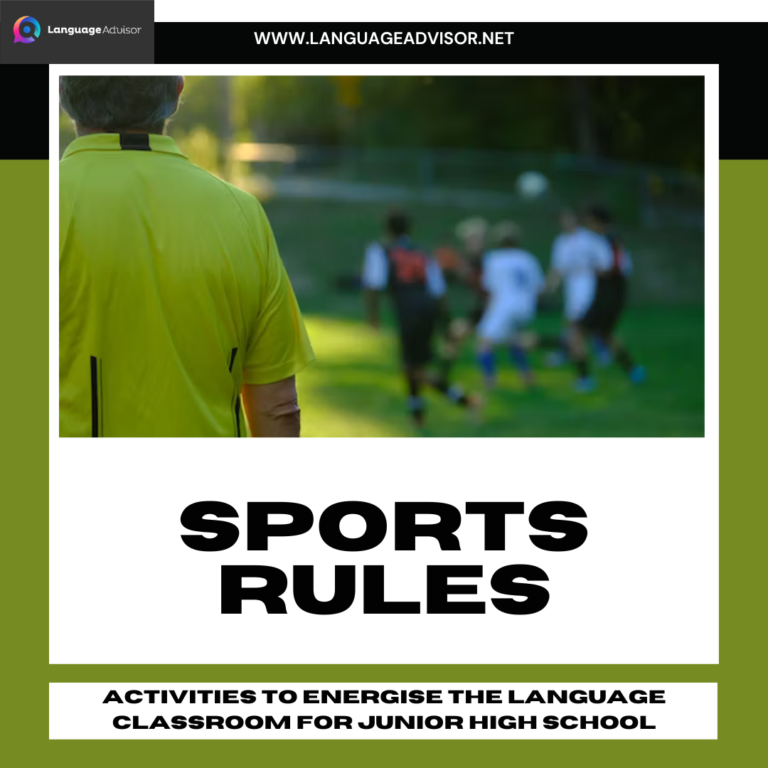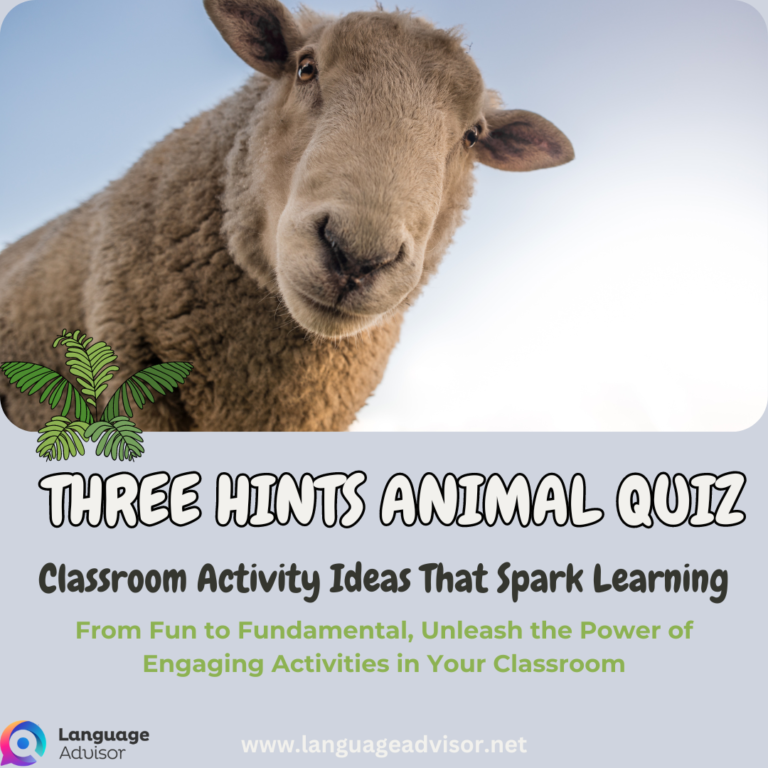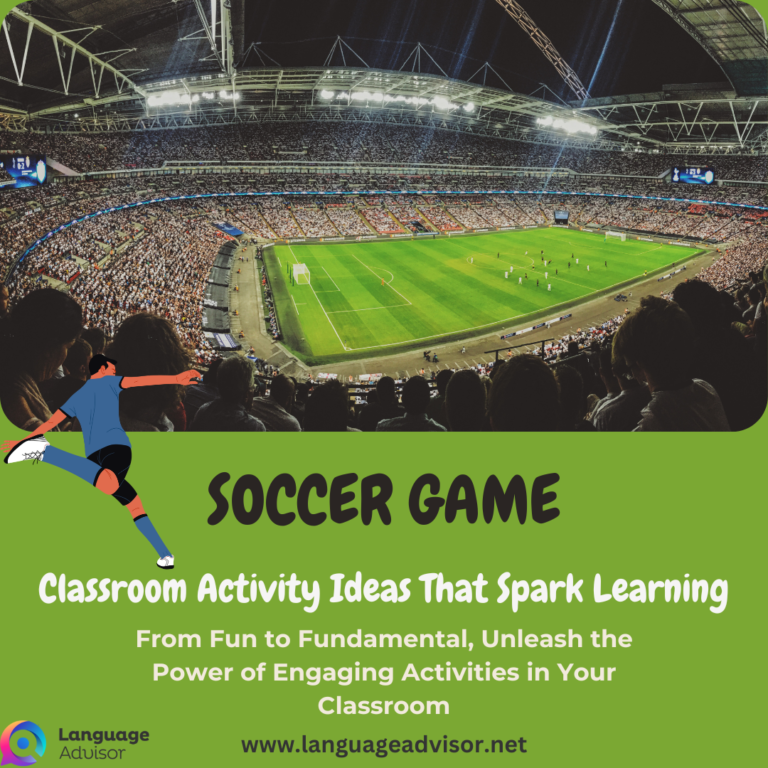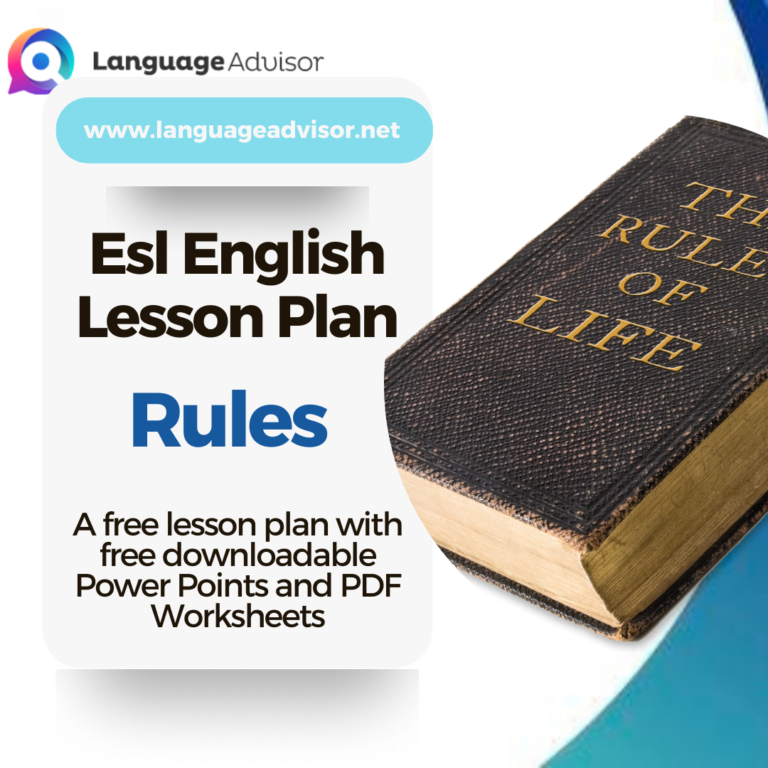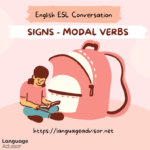All about Modal Verbs. English ESL/EFL Lesson Plans and Games on Can, Could, May, Have got, Have to, Must and Mustn’t
All about Modal Verbs

Lesson plans
Here you can find a wide range of full lesson plans to use in your classroom.
All of our lessons are designed around themes engaging and relevant to English ESL-EFL learners and can be used to complement your school curriculum, giving students an opportunity to develop their English language and skills in motivating and enjoyable ways.
These lesson plans focus on classroom games and activities oriented around meaningful practice of grammar items in English. The vast majority of the activities have been designed to be simple and easy to apply, without requiring much in the way of additional resources or materials. Wherever possible, games have been presented in a way that makes full use of any natural or genuine communicative aspects embodied in the grammar constructions, though while there is emphasis on understanding the grammar and its functional and communicative aspects, most of the games also highlight the importance of using the grammar accurately.
These lesson plans are intended as a starting point for teachers to adapt and build their own stock of in-class games and activities that can be applied relatively quickly and easily.

All about Modal Verbs. Here are eight lesson plans on the English Modal Verbs

Marvelous Machines
Objectives:
Showing ability to do something
Presentation/Practice:
This game is called “Marvelous Machines”.
Students in pairs or groups set out to invent a new machine that can somehow help them in their lives. They give the invention a name (for example “Homework Machine” or “Cleaning Machine”) and then tell the rest of the
class what the machine can do.
Homework Machine:
It can get a perfect score. It can do homework quickly. It can read
many books.
Cleaning Machine:
It can wash clothes. It can tidy my room. It can wash Dad’s car.


Fussy Genie
Objective:
Using prepositions to indicate location
Presentation/Practice:
This game is called “Fussy Genie”. The basic idea is that students will each gain access to a genie from a magic lamp that has the ability to give the students anything they desire – but there are two catches! The first is that the genie will only appear for 30 seconds, so the students will need to speak quickly to ask as many permission requests as possible.
The second catch is that the genie is incredibly fussy about good manners and will not grant wishes if it is not asked politely. Students will need to use “Can I…?”, “Could I…?” or “May I…?” before the requests or the genie will ignore them.
Student 1: Can I have 1 million dollars?
Teacher/Genie: Yes, you can. What’s next?
Student 1: I want lots of gold!
Teacher/Genie: You can’t have that, because you’re rude! What’s next?
Student 1: Can I have lots of gold?
Teacher/Genie: Yes, you can. What’s next?
Etc.
Students gain a point for each polite permission request they make within the 30-second time limit. This can be counted with the teacher holding up a finger with each request that is successful, or the students chanting the tally aloud as it builds.
Basically speaking, ‘can’, ‘could’ or ‘may’ can all be used for this sort of activity, and there are a few ways to ensure that all three forms are practiced. One way is to make the genie either ‘super’ or ‘singularly’ fussy. In the first adaptation, the genie requires requests to happen in a sequence (essentially, the first request being with “can I”, the second with “could I” and the third with “may I”). The genie rejects the request if the form is omitted or used outside the set sequence.
For the second extension, the teacher can explain that there are actually three ‘brother’ genies inside the lamp named “Can”, “Could” and “May”.
Students will not immediately know which genie emerges, but they will need to experiment until they find the right form for the respective genie. For example:
Student 1: Can I have 1 million dollars?
Teacher/Genie: No, you may not. What’s next?
Student 1: Could I have 1 million dollars?
Teacher/Genie: No, you may not. What’s next?
Student 1: May I have 1 million dollars?
Teacher/Genie: Yes, you may. What’s next?
Etc.
Essentially the teacher/genie’s first response should indicate to students what form to go with, so it encourages students to pay closer attention to what they hear.


Fussy Genie 2
Objective:
Making (polite) requests
Presentation/Practice:
This is basically a small variation on “Fussy Genie” (explained above for Can/Could/May for Permission).
The idea is the same except that the focus is on the genie being asked to do something itself rather than just grant permission to the speaker. Thus, the exchange would look something like:
Student 1: Can you give me 1 million dollars?
Teacher/Genie: Yes, I can. What’s next?
Student 1: I want lots of gold!
Teacher/Genie: I can’t give you that, because you’re rude! What’s next?
Student 1: Can you give me lots of gold?
Teacher/Genie: Yes, I can. What’s next?
Etc


In my school bag
Objective:
To indicate possession/ownership
Presentation/Practice:
This is a pair work game where two students guess about the contents of each other’s school bags. While there is/are could be used in this context, it is not as appropriate as “have got” in that the latter usually signifies ownership and it can be safely assumed that most items in schoolbags probably belong to the bag’s owner.
Students continue guessing until they have found out four or five things about the contents of their partners’ bags, at which point they go to the teacher together to report their findings:
Student A: Have you got a pencil in your bag?
Student B: No, I haven’t. Have you got a teddy bear in your bag?
Student A: Yes I have! Have you got a lunch box in your bag?
Student B: Yes, I have! Have you got a cookie in your bag?
A quick and realistic way to check this game’s results would be for the teacher to actually look into one of the student’s bags while that student’s partner reports (using the 3rd person) about the contents. Note that ‘have got’ is generally more common in British English than American English, which usually just uses ‘have’ and ‘do you have?’


Have got
Objective:
To indicate possession/ownership
Presentation:
This differs from “In my school bag” game above in that it involves what I like to call ‘substitute realia’ – or flashcards. Taking one set of flashcards oriented around a given theme (for example, animals, food, countries, toys, or for that matter even letters of the alphabet) and distributing them out to students, effectively the students are being handed ‘ownership’ of something. This is a class inclusive game that allows students to guess and take each other’s things.
Practice:
Basically, each student hides their own card and then takes a turn to guess what another student in the classroom has got. If they are correct, they take that card, place it face-up on the desk in the front of them, and this indicates one point. The student that was asked automatically gets a chance to ‘ask back’ to the original student before the turn passes to the next student in the round. When all hidden cards have been guessed and taken from the original owners, the game is over and points may be tallied.
Here’s how the Q&A could be applied:
Student 1: [To student 4] Have you got a lion?.
Student 4: No, I haven’t. [To student 1] Have you got a penguin?
Student 1: No, I haven’t.
Student 2: [To student 7] Have you got a rabbit?
Student 7: Yes, I have! [Hands the card to student 2, then asks] Have you got a fish?
Student 2: No, I haven’t.
Student 3: [To student 5] Have you got a frog?
Student 5: No, I haven’t. [To student 3] Have you got a lion?
Student 3: Yes, I have! [Hands the card to student 5].
This game is surprisingly easy to apply, but it can also become surprisingly easy for some students to pick on others by ‘ganging up on them’. It may be a good idea to make sure that each student is only asked once directly in each round, excluding the ‘ask back’ question chance.


Blind Man’s Zoo
Objective:
To indicate physical attributes / parts
Presentation:
This game utilizes the alternate function of ‘have got’ in terms of the way it is used to describe things physically. Generally it works best with animals and associated hints to guess which animals are which, and in this particular application I call the game “Blind Man’s Zoo”.
Practice:
Students pair up and one student either blindfolds him/herself or feigns blindness. Together with their “seeing” partners, they take a tour of an imaginary zoo. The sight-enabled students receive either a flashcard depicting an animal or a piece of paper with an animal name written on it.
Note that this version uses the contracted ‘s form for “has”. The game then proceeds thus (with student 2 being the ‘blinded’ half of the team):
Student 1: Wow! Look at this animal!
Student 2: I can’t see it. What’s it got?
Student 1: It’s got a big head and a long tail.
Student 2: Is it a horse?
Student 1: No. It’s got sharp teeth and a strong body.
Student 2: Is it a wolf?
Student 1: No. It’s got yellow fur and big paws.
Student 2: Is it a lion?
Student 1: Yes, it is.
The object of the game is to try and guess the animal in less than three rounds and 6 body descriptions (so a maximum of two hints per utterance). If the game is to be scored, points could be allocated on a 3-2-1 basis, with 3 for guessing the animal after two hints, 2 for four hints, 1 for six hints, and 0 for not guessing the animal in less than three rounds.
After a turn, students swap roles and new animals are distributed around the class.


King/Queen of the Classroom
Objective:
To indicate obligation to do something
Presentation:
This game is called “King/Queen of the Classroom”, and gives students a chance to make playful hypothetical rules for the classroom.
Practice:
To do this, they need to decide on rules and use “must” in order to express them. They can also use “have to”, though it is suggested
the forms be introduced in game fashion separately before attempting to mix them.
Teacher: OK, Steve. You’re King of the Classroom. What are your five rules?
Student 1: Rule 1: Everybody must give me some money every day. Rule 2: The teacher must be kind all the time. Rule 3: Everybody must wear yellow socks. Rule 4: Everybody must lend me a pencil. Rule 5: Girls must give some lunch to the boys every day.
The teacher can follow this up with some practice of “can” for permission, by asking students questions, for example:
Teacher: In King Steve’s classroom, can you wear blue socks?
Student 2: No, I can’t. I must wear yellow socks.
Teacher: In King Steve’s classroom, can the teacher be angry?
Student 3: No, he can’t. He must be kind.
Teacher: In King Steve’s classroom, can students lend a pencil to the king?
Student 4: Yes, they can.
Note that the game can only really seem fair and fun if a majority if not all of the students get a chance to make some rules.


Don’t
Objective:
To indicate prohibited behavior
Presentation:
This is a simple game that builds the concept of ‘prohibition’ from the “Don’t’…” imperative and applies it in a variety of settings.
Practice:
The teacher begins by listing different locations likely to be relevant to the students (for example “at home”, “at school”, “in the library”,
“on the school bus”, “in the science lab”, etc).
As a class, “Don’t…!” sentences are found to indicate what sorts of actions/behavior should not be engaged in for each setting. The
teacher then gives each student a turn at converting one of these into a statement with “mustn’t” by giving a location cue:
Teacher: At home…
Student 1: We mustn’t make a mess at home.
Teacher: On the bus…
Student 1: We mustn’t fight on the bus.
Teacher: In the science lab…
Student 1: We mustn’t spill things in the science lab

All about Modal Verbs
Also Check out these resources on the English Modal Verbs



